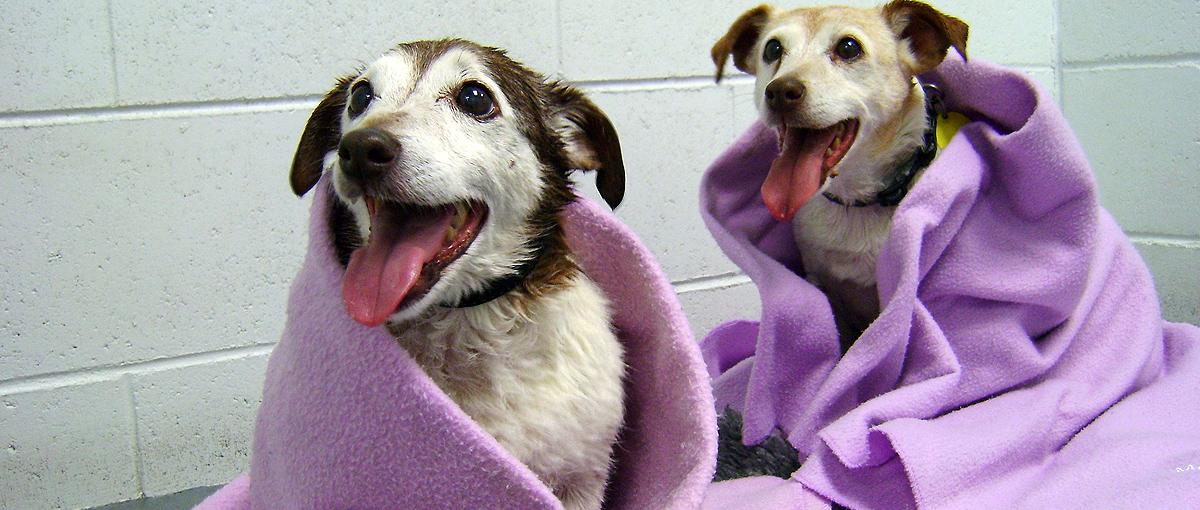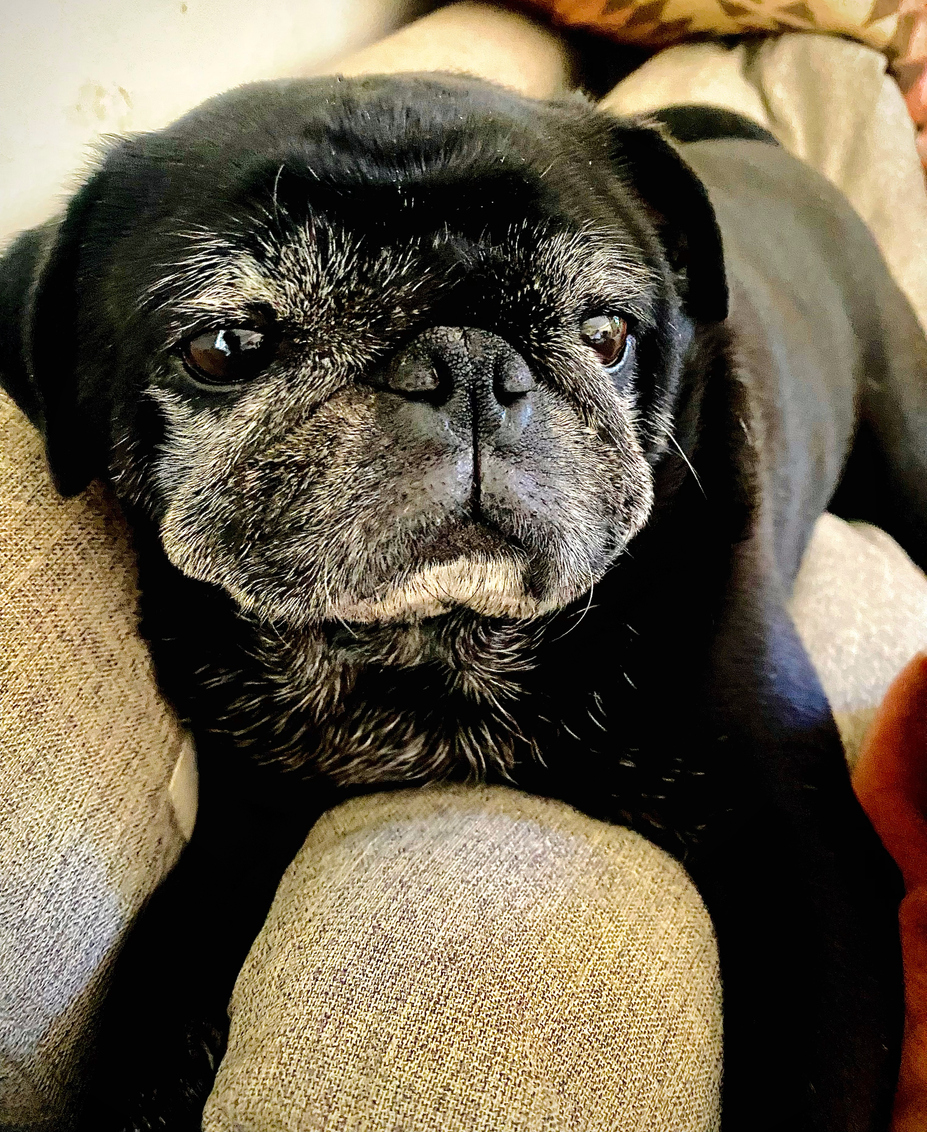Palliative Care for Dogs
What is Veterinary palliative care for dogs?
Veterinary palliative care is a philosophy of care in which a decision has been made to decline or withdraw the pursuit of curative therapy for a life-limiting illness. Some diseases that we treat in dogs are managed over the long term without any hope for a cure. These include diabetes, chronic kidney disease, and congestive heart disease. Managing these and other chronic diseases is not the same as palliative care.
Palliative care is, by definition, care that is delivered as a dog approaches his end of life. The most common circumstances that lead up to the decision to initiate palliative care include:
- The diagnosis or progression of a life-limiting illness.
- The decision not to pursue curative therapy.
- The progression of disease symptoms, so that they interfere with the activities of daily living.

My dog has very advanced cancer, and the hope for a cure is remote. What kind of palliative care is appropriate?
Incurable cancer provides an example for explaining the principles and practices of veterinary palliative medicine. Palliative care in the face of life-limiting cancer is as individual as the patient and type of cancer.
The first step in creating a palliative care plan for your dog is to meet with your veterinarian to discuss the expected course of the disease and how it will affect your dog's quality of life. This visit also gives you a chance to talk about your dog's activities of daily living. This is a crucial first step because it allows everyone to participate in the palliative care planning. The dog's lifestyle is an important consideration for defining good quality of life versus poor or unacceptable quality of life (see handout "Quality of Life at the End of Life for Your Dog").
Once a dog's activities of daily living have been identified, it is important to define family beliefs, the family's needs as care unfolds, and the goals for the dog as death approaches. An essential part of establishing goals of palliative therapy is understanding the expected course of the life-limiting disease, in this case, cancer. Knowledge is power and knowledge about disease allows for the development of a personalized palliative care plan.

How can palliative care help make my dog with life-limiting disease more comfortable?
Pain management is the most important facet of palliative care in dogs. Pain is best managed from a multimodal perspective, which means using various techniques, both pharmacologic (medications) as well as nonpharmacologic, in conjunction to achieve the goal of maximum comfort.
Several classes of medication, as well as nutraceuticals (nutritional supplements), can be used together to combat pain. In addition, your veterinarian may suggest one or a combination of nonpharmacologic therapies to address musculoskeletal pain:
- Medical acupuncturecan modify the dog's overall pain experience by sending signals to the brain and nervous system that change the dog's perception of pain. In addition, acupuncture can release painful trigger points in muscles and reduce abnormal nervous system activity.
- Massagecan be performed by a trained provider. However, many massage techniques can also be taught for use at home. Most dogs find massage to be very comforting.
- Therapeutic laserprovides an opportunity to modulate the nervous system to reduce pain. Laser also increases circulation and decreases inflammation.
- Chiropractic adjustment, used to restore movement in the skeleton where restrictions have occurred, may be a technique that can help a palliative care patient move more normally.
- Physical therapyprovides several additional strategies for maintaining mobility and preventing and managing pain.
For more information on these therapies, see the handouts "Veterinary Acupuncture," "Therapeutic Massage and Your Dog," "Therapeutic Laser," "Veterinary Chiropractic Care," and "Veterinary Rehabilitation Medicine."

How can I make my home more comfortable for my dog who is receiving palliative care?
Palliative care generally includes modifying the home environment to maximize mobility and to modify activities of daily living in a way that sustains and prevents injury to the dog, whose balance and ability to move normally may be compromised. Some simple modifications include:
- Adding nonskid floor surfaces, which generally make moving around the house easier for palliative care patients. In rooms without carpet, there are several creative ways to create nonskid floors, including incorporating area rugs and the spongy interlocking floor tiles often found in children's play areas and gyms.
- Raising food and water dishes to just above elbow height. This change allows a dog that may have back pain to eat and drink with the spine in a neutral position, minimizing the risk for back pain during meals. If the dog is minimally mobile, it may be best to teach him to allow food and water bowls to be placed in front of him wherever he is comfortable resting.
- Blocking access to stairs or making sure the dog is supervised when going up or down stairs. A sling or vest can be used to assist a dog if carrying him is not an option.
- Creating places for a dog receiving palliative care to ‘hang out.’ For dogs whose mobility is seriously compromised, making comfortable spaces that are close to where family members spend their time is important so pets can remain actively engaged with the family they love.

What is my takeaway message?
It is clear that palliative care for a dog facing life-limiting disease can encompass many different aspects of day-to-day life. The key pieces with palliative care are to control pain, maintain mobility, and adapt the environment to keep your dog engaged in family activities. Your veterinary healthcare team will partner with you to put together the most appropriate palliative care plan for your dog.



